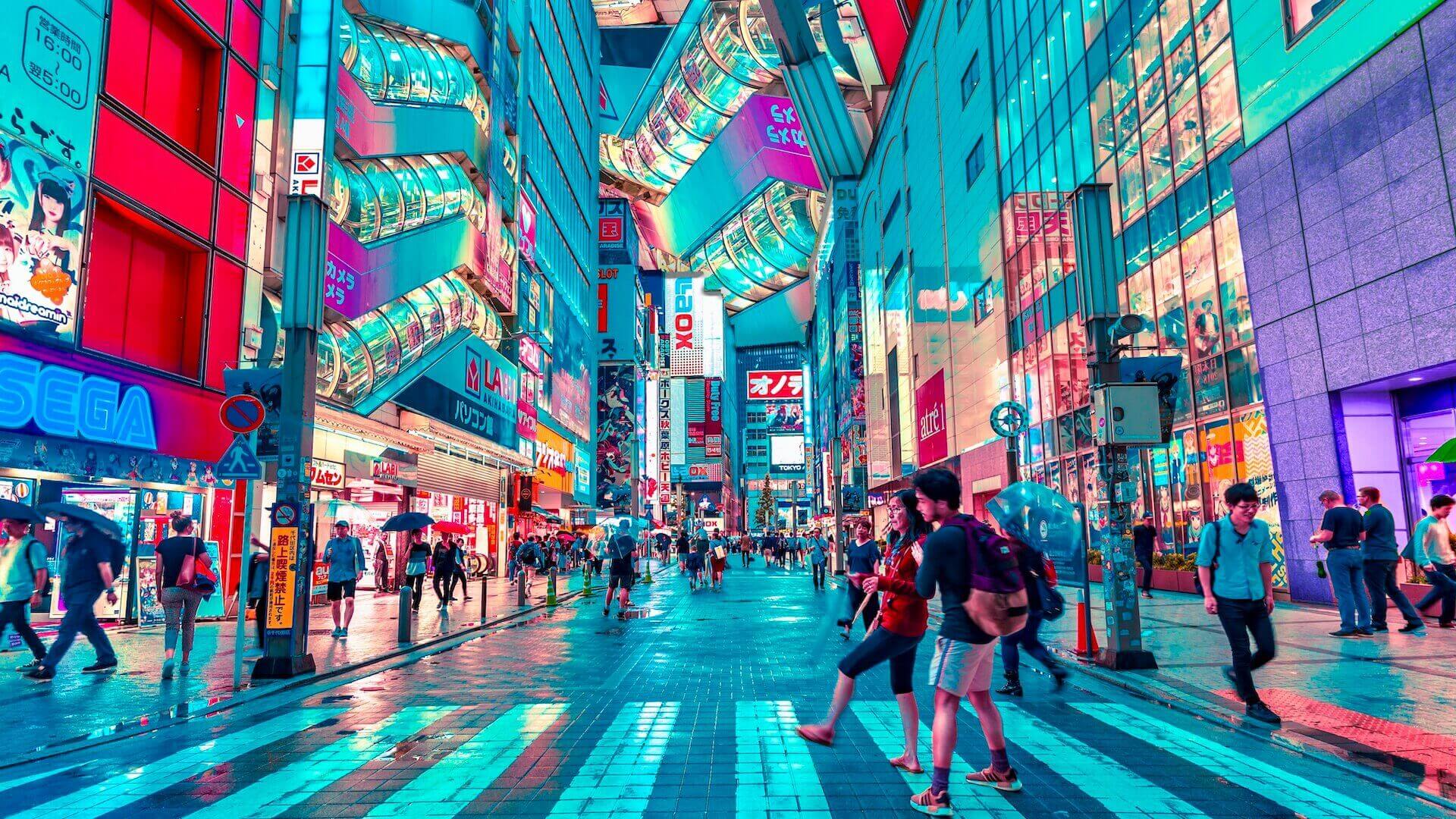
How to Visit Tokyo for the First Time: A Comprehensive Guide
Tokyo is one of the most exciting and diverse cities in the world, offering a rich blend of modern and traditional culture, as well as endless attractions and activities for visitors. Whether you are interested in history, art, cuisine, shopping, or entertainment, Tokyo has something for everyone. But how do you plan your trip to Tokyo and make the most of your time in this amazing city? In this article, we will provide you with a complete guide for first-time visitors to Tokyo, covering everything from when to go, where to stay, what to see and do, where to eat and drink, how much to budget, and more. By the end of this article, you will have all the information and tips you need to enjoy your first time visit Tokyo.
1. What is the Best Way to See Tokyo?
Tokyo is a huge city with many different areas and attractions to explore. The best way to see Tokyo depends on your personal preferences and interests, but here are some general tips and suggestions:
1.1. Use Public Transportation
Tokyo has an extensive and efficient network of trains, subways, buses, and taxis that can take you anywhere in the city. The most convenient and economical way to use public transportation is to get a Pasmo or Suica card. They are prepaid smart cards that you can tap at the gates or on the buses. You can also buy a Tokyo Subway Ticket, which gives you unlimited rides on all subway lines for 24, 48, or 72 hours.
1.2. Join a Guided Tour
If you want to learn more about the history and culture of Tokyo, or if you want to visit some specific attractions or areas, joining a guided tour can be a great option. There are many types of tours available, such as walking tours, bus tours, bike tours, food tours, cultural tours, and more. You can book these tours through your hotel concierge or explore and book the tour online now to carefully plan and enjoy your trip thoroughly.
1.3. Explore on Your Own
If you prefer to have more flexibility and freedom, you can also explore Tokyo on your own. You can use online resources such as Google Maps, TripAdvisor, or Eater to find the best places to visit, eat, and shop. You can also use apps such as Pocket Concierge or Table All to make reservations at popular restaurants.
2. When is the Best Time to Visit Tokyo for Seasonal Attractions and Events?
Tokyo is a year-round destination that offers different experiences and attractions depending on the season. However, some seasons are more popular and crowded than others. Thus, you should consider your budget and preferences when choosing when to visit. Here are some pros and cons of each season:
2.1. Spring (March-May)
Spring is one of the most beautiful and popular seasons to visit Tokyo. It is when the cherry blossoms bloom and create stunning scenery in the city parks. Therefore, locals and visitors gather for open-air picnics and parties, called hanami, to enjoy the natural splendor. The weather is also mild and pleasant, with average temperatures ranging from 10°C to 20°C (50°F to 68°F).
However, spring is also peak tourist season, which means higher prices for flights and hotels, longer lines at attractions, and more crowded trains. Additionally, you should avoid Golden Week (late April to early May), which is a series of national holidays that cause massive travel congestion.
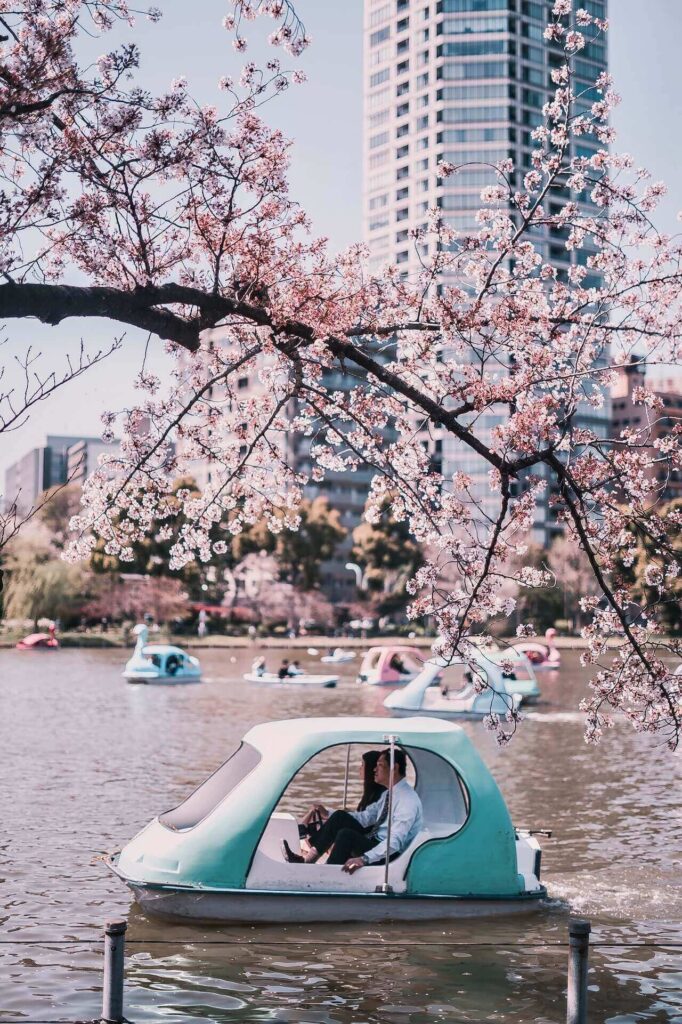
Tokyo Attractions and Events in Spring
Some of the best places to see the cherry blossoms in Tokyo are Ueno Park, Chidorigafuchi, Shinjuku Gyoen, and Meguro River.
Spring is also a time for cultural festivals, such as the Sanja Matsuri at Asakusa Shrine, one of the largest and most lively festivals in Tokyo, where you can see portable shrines (mikoshi) being carried by enthusiastic crowds.
2.2. Summer (June-August)
Summer is another busy season in Tokyo. It is when many festivals and events take place. However, summer is also very hot and humid in Tokyo, with average temperatures reaching 30°C (86°F) and humidity levels exceeding 80%. You should also be prepared for occasional rain showers or typhoons that may disrupt your plans.
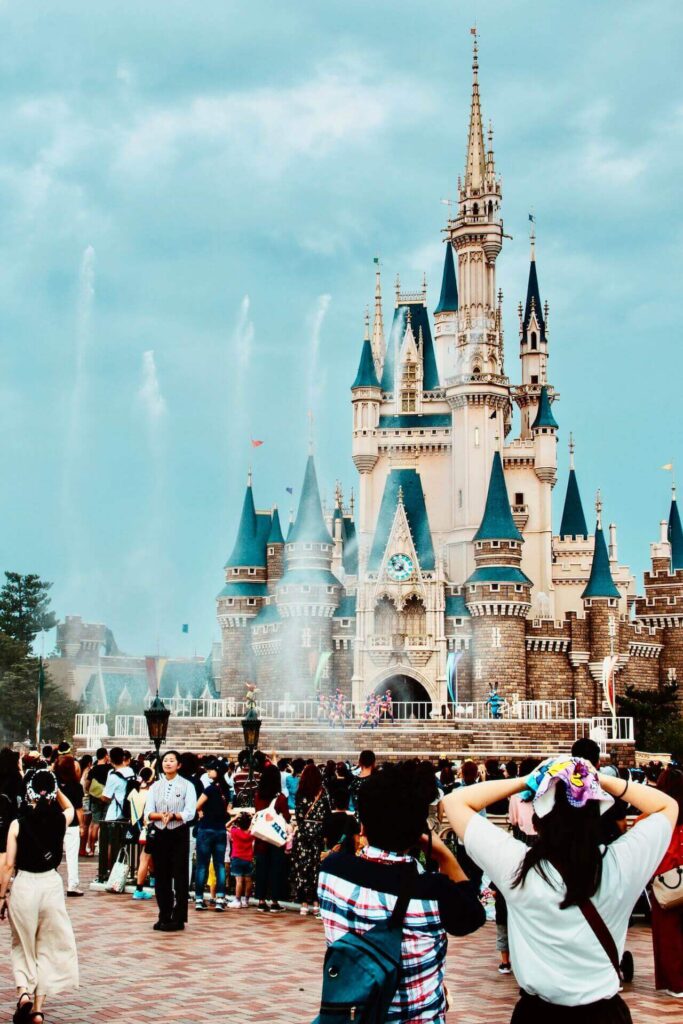
Tokyo Attractions and Events in Summer
You can witness spectacular fireworks displays over the rivers or bay. For example, the Sumida River Fireworks Festival, or the Tokyo Bay Fireworks Festival, which attracts millions of spectators every year. You can also join lively street parades with traditional music and dance, such as the Koenji Awa Odori or the Asakusa Samba Carnival, where you can see colorful costumes and performances.
Furthermore, summer is a good time to visit some of Tokyo’s amusement parks. To illustrate, Tokyo Disneyland or Tokyo DisneySea, which have special shows and parades for the season. Especially, Summer is the only time when you can hike Mt. Fuji, Japan’s iconic mountain that is visible from many parts of Tokyo on clear days.
2.3. Autumn (September-November)
Autumn is another ideal season to visit Tokyo. It is when the leaves change color and create a stunning contrast with the modern skyline. The weather is also cool and comfortable, with average temperatures ranging from 15°C to 25°C (59°F to 77°F).
Nevertheless, autumn is also prone to typhoons that may bring strong winds and heavy rains in September or October. You should also be aware of some national holidays that may cause travel congestion, such as Culture Day (November 3) or Labor Thanksgiving Day (November 23).
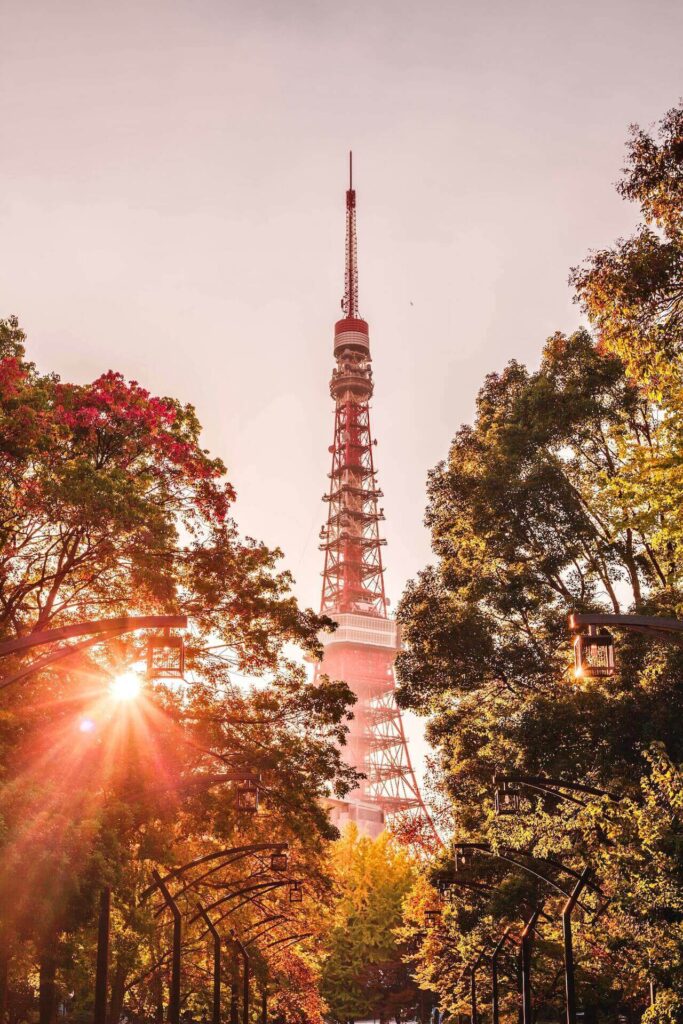
Tokyo Attractions and Events in Summer
You can enjoy the autumn foliage in parks and gardens around the city, such as Rikugien, Koishikawa Korakuen, Hama Rikyu, or Yoyogi Park. You can also take day trips to nearby mountains or lakes for more scenic views, such as Mount Takao or Lake Kawaguchi.
Moreover, Autumn is a season for art and culture, as many museums and galleries have special exhibitions and events. For example, the Roppongi Art Night or the Tokyo International Film Festival.
2.4. Winter (December-February)
Winter is the low season for tourism in Tokyo. In other words, it’s lower prices for flights and hotels, fewer crowds at attractions, and more availability for reservations. The weather is cold but not too cold for traveling, with average temperatures ranging from 5°C to 10°C (41°F to 50°F).
Actually, winter is the least colorful season in Tokyo, as most of the trees and flowers are dormant. You should also avoid visit Tokyo during New Year’s Eve and Day, as many businesses and attractions are closed and transportation is limited.
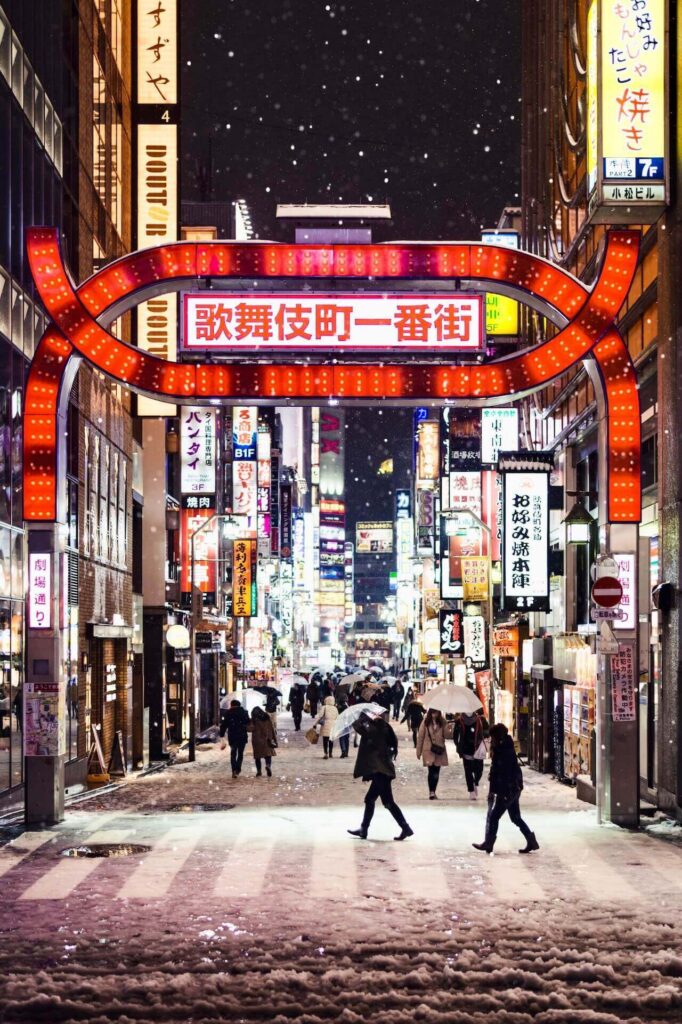
Tokyo Attractions and Events in Summer
You can enjoy the festive atmosphere of the city, with illuminations, decorations, and markets celebrating Christmas and New Year. Some of the best places to see winter illuminations in Tokyo are Marunouchi, Roppongi Hills, Omotesando, and Odaiba. Winter is also the best time to see Mount Fuji in its snow-capped glory or to visit nearby ski resorts for some winter sports.
3. Which Area to Stay in Tokyo for Tourists?
Tokyo is a huge city with many different areas and neighborhoods to choose from. Each area has its own character and vibe, as well as its own advantages and disadvantages. The best area to stay in Tokyo for tourists depends on your personal preferences and interests. Yet, here are some of the most popular and recommended areas:
3.1. Shinjuku
Shinjuku is the best area to stay in Tokyo for first-time visitors. It is the heart of the city, with easy access to most places you want to visit by train or subway. Particularly, it is one of the most lively and vibrant areas in Tokyo, with countless options for shopping, dining, entertainment, and nightlife. You can find accommodation for any budget here, from luxury hotels to budget hostels.
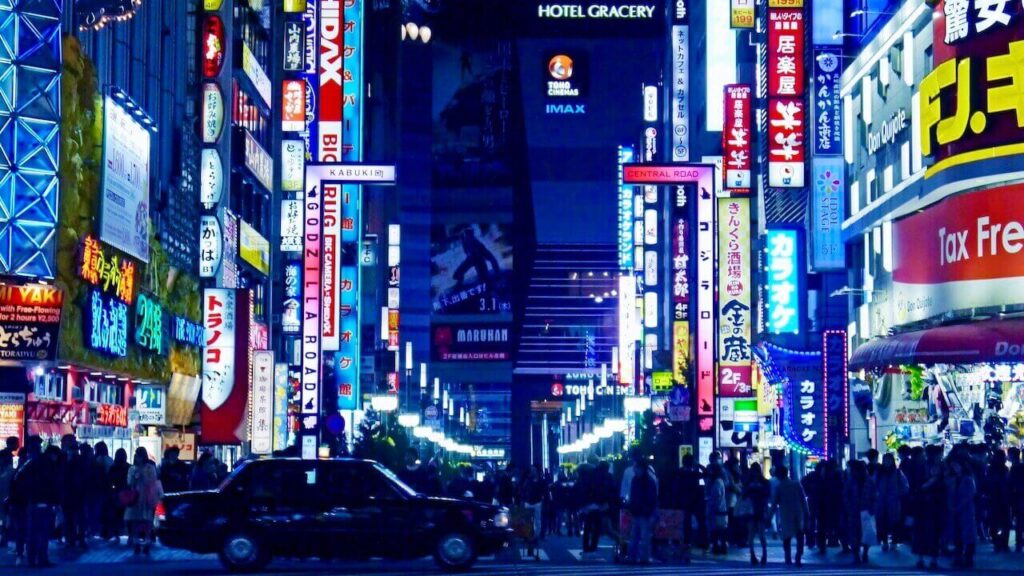
Budget: Hotel Gracery Shinjuku
This hotel is located in the heart of Kabukicho, Tokyo’s lively entertainment district. It offers modern and comfortable rooms with free Wi-Fi, a fridge, and a flat-screen TV. Some rooms also feature Godzilla-themed decor or a balcony with city views. The hotel has a 24-hour front desk, a restaurant, a cafe, and a convenience store. It is only a 5-minute walk from Shinjuku Station and close to many shops, restaurants, bars, and attractions.
– Pros: Affordable price, convenient location, fun design, city views.
– Cons: Small rooms, limited facilities, noisy surroundings.
Mid-range: Keio Plaza Hotel Tokyo
One of the most prestigious hotels in Tokyo, with a history of over 50 years. It offers spacious and elegant rooms with free Wi-Fi, a minibar, and a flat-screen TV. Some rooms also feature Japanese-style decor or a panoramic view of the city. The hotel has a variety of facilities and services, including 21 dining options, an outdoor pool, a fitness center, a karaoke room, and a free shuttle bus to Tokyo Disney Resort. It is only a 5-minute walk from Shinjuku Station and close to the Tokyo Metropolitan Government Building and Shinjuku Gyoen National Garden.
– Pros: Luxurious rooms, excellent service, diverse amenities, free shuttle bus.
– Cons: Expensive price, dated decor, crowded area.
Luxury: Park Hyatt Tokyo
This is one of the most luxurious hotels in Tokyo, featured in the movie Lost in Translation. It offers exquisite and sophisticated rooms with free Wi-Fi, a minibar, and a flat-screen TV. Some rooms also feature a living area, a kitchenette, or a stunning view of Mount Fuji. The hotel has an array of facilities and services, including 3 restaurants, 2 bars, an indoor pool, a spa, a fitness center, and a library. It is located in the Shinjuku Park Tower, a 15-minute walk from Shinjuku Station and close to Yoyogi Park and Meiji Shrine.
– Pros: Breathtaking views, superb service, elegant design, exclusive amenities.
– Cons: Very expensive price, far from the station, high-end atmosphere.
3.2. Shibuya
When visit Tokyo, Shibuya is another great area to stay for tourists who love shopping and food. In particular, it is home to the famous Shibuya Crossing, one of the busiest intersections in the world. There are many trendy shops, cafes, restaurants, and bars. It is also a hub for youth culture and fashion, with many subcultures and styles represented here. You can find accommodation for any budget here as well.
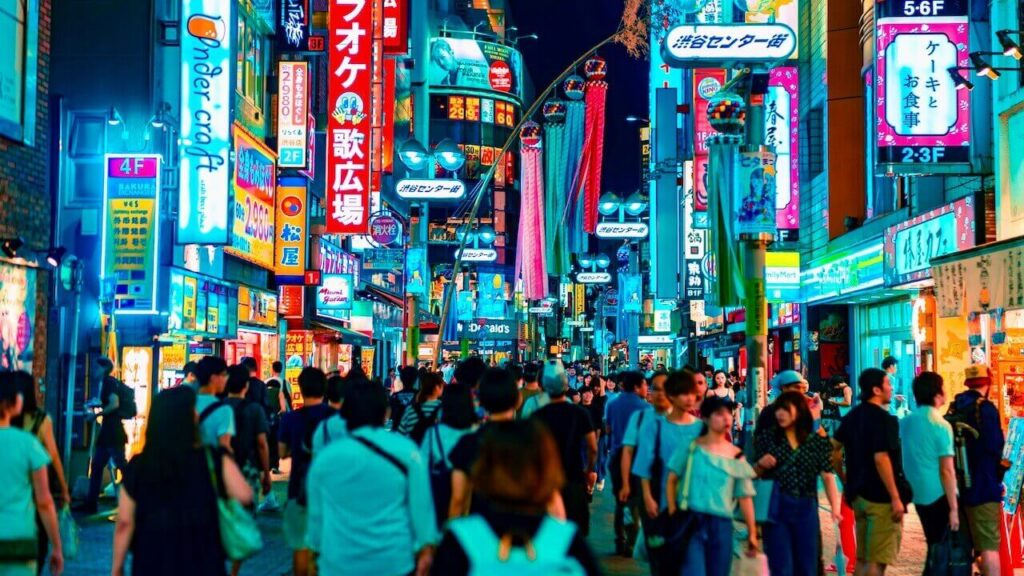
Budget: Shibuya Granbell Hotel
This hotel is located in the heart of Shibuya, one of the most vibrant and trendy areas in Tokyo. It offers stylish and cozy rooms with free Wi-Fi, a fridge, and a flat-screen TV. Some rooms also feature a loft bed, a sofa bed, or a terrace. The hotel has a 24-hour front desk, a restaurant, a bar, and a rooftop terrace. It is only a 3-minute walk from Shibuya Station and close to the famous Shibuya Crossing, Hachiko Statue, and Center Gai Street.
– Pros: Affordable price, convenient location, modern design, rooftop terrace.
– Cons: Small rooms, limited facilities, noisy surroundings.
Mid-range: Cerulean Tower Tokyu Hotel Tokyo
This is one of the highest-rated hotels in Shibuya. It offers luxurious and spacious rooms with free Wi-Fi, a minibar, and a flat-screen TV. Some rooms also feature a living area, a kitchenette, or a stunning view of the city. The hotel has an array of facilities and services, including 9 restaurants, 3 bars, an indoor pool, a fitness center, a spa, and a salon. It is only a 5-minute walk from Shibuya Station and close to the Shibuya Hikarie shopping mall and the Bunkamura cultural complex.
– Pros: Luxurious rooms, excellent service, diverse amenities, and city views.
– Cons: Expensive price, busy area, formal atmosphere.
Luxury: The Westin Tokyo
This hotel is one of the most elegant and refined hotels in Shibuya. It offers exquisite and sophisticated rooms with free Wi-Fi, a minibar, and a flat-screen TV. Some rooms also feature a marble bathroom, a separate living room, or an executive lounge access. The hotel has an array of facilities and services, including 5 restaurants, 2 bars, an indoor pool, a fitness center, a spa, and a concierge. It is located in the Ebisu Garden Place complex, a 10-minute walk from Ebisu Station and close to the Yebisu Beer Museum and the Tokyo Metropolitan Museum of Photography.
– Pros: Exquisite rooms, superb service, elegant design, exclusive amenities.
– Cons: Very expensive price, far from the station, quiet area.
3.3. Ginza
Ginza is the best area to stay in Tokyo for tourists who love luxury and elegance. Indeed, it is one of the most upscale and sophisticated areas in Tokyo, with many high-end shops, boutiques. Furthermore, it is a convenient location for accessing other parts of the city by public transportation.
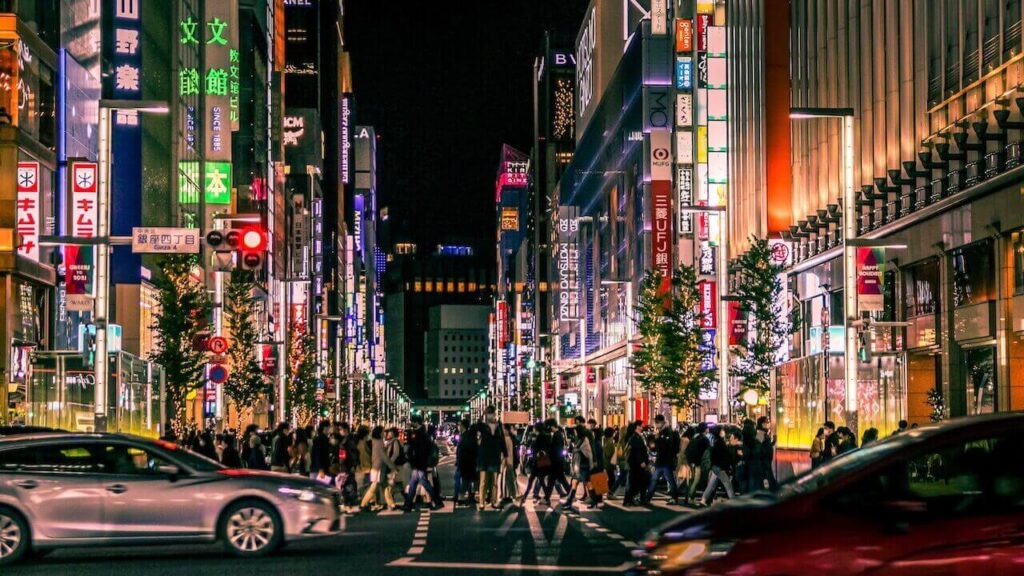
Budget: Hotel Monterey Ginza
This hotel is located in the heart of Ginza, close to many shops, restaurants, and attractions. It offers cozy and elegant rooms with free Wi-Fi, a fridge, and a flat-screen TV. Some rooms also feature a sofa or a bathtub. The hotel has a 24-hour front desk, a restaurant, and a massage service. It is only a 5-minute walk from Ginza Station and a 15-minute walk from Tokyo Station.
– Pros: Affordable price, convenient location, charming design.
– Cons: Small rooms, limited facilities, no view.
Mid-range: Mitsui Garden Hotel Ginza Premier
The hotel offers spacious and modern rooms with free Wi-Fi, a minibar, and a flat-screen TV. Some rooms also feature a seating area or a stunning view of the city or the bay. The hotel has an array of facilities and services, including a restaurant, a bar, a fitness center, and a concierge. It is only a 4-minute walk from Shimbashi Station and close to the Hamarikyu Gardens and the Tsukiji Fish Market.
– Pros: Spacious rooms, excellent service, amazing views.
– Cons: Moderate price, busy area, no pool or spa.
Luxury: The Peninsula Tokyo
This is one of the most luxurious and prestigious hotels in Tokyo, located opposite the Imperial Palace and Hibiya Park. It offers exquisite and sophisticated rooms with free Wi-Fi, a minibar, and a flat-screen TV. Some rooms also feature a living area, a kitchenette, or an executive lounge access. The hotel has an array of facilities and services, including 5 restaurants, 2 bars, an indoor pool, a spa, a fitness center, and a concierge. It is only a 3-minute walk from Hibiya Station and close to the Ginza Shopping District and the Tokyo International Forum.
– Pros: Breathtaking views, superb service, elegant design, exclusive amenities.
– Cons: Very expensive price, far from the station, high-end atmosphere.
3.4. Roppongi
Roppongi is the best area to stay in Tokyo for tourists who love nightlife and culture. It is one of the most popular and international areas in Tokyo.
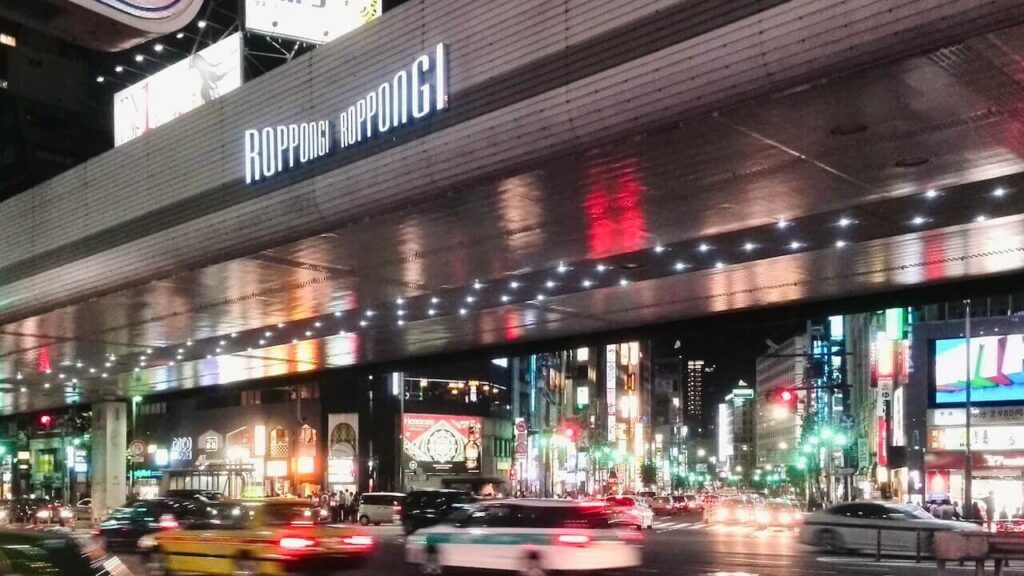
Budget: Sotetsu Fresa Inn Tokyo-Roppongi
This hotel is located in the center of Roppongi, close to many shops, restaurants, and attractions. It offers simple and clean rooms with free Wi-Fi, a fridge, and a flat-screen TV. The hotel has a 24-hour front desk, a coin laundry, and a vending machine. It is only a 3-minute walk from Roppongi Station and a 10-minute walk from Tokyo Midtown and Roppongi Hills.
– Pros: Affordable price, convenient location, friendly staff.
– Cons: Small rooms, limited facilities, no breakfast.
Mid-range: Mitsui Garden Hotel Roppongi Tokyo Premier
This hotel is one of the highest-rated hotels in Roppongi on HotelsCombined. It offers spacious and modern rooms with free Wi-Fi, a minibar, and a flat-screen TV. Some rooms also feature a seating area or a stunning view of the city or the bay. The hotel has an array of facilities and services, including a restaurant, a bar, a fitness center, and a concierge. It is only a 4-minute walk from Shimbashi Station and close to the Hamarikyu Gardens and the Tsukiji Fish Market.
– Pros: Spacious rooms, excellent service, amazing views.
– Cons: Moderate price, busy area, no pool or spa.
Luxury: The Ritz-Carlton, Tokyo
This hotel is one of the most luxurious and prestigious hotels in Tokyo, located opposite the Imperial Palace and Hibiya Park. It offers exquisite and sophisticated rooms with free Wi-Fi, a minibar, and a flat-screen TV. Some rooms also feature a living area, a kitchenette, or an executive lounge access. The hotel has an array of facilities and services, including 5 restaurants, 2 bars, an indoor pool, a spa, a fitness center, and a concierge. It is only a 3-minute walk from Hibiya Station and close to the Ginza Shopping District and the Tokyo International Forum.
– Pros: Breathtaking views, superb service, elegant design, exclusive amenities.
– Cons: Very expensive price, far from the station, high-end atmosphere.
3.5. Tokyo Station & Marunouchi Area
The Tokyo Station & Marunouchi Area is the best area to stay for tourists who want a central location when visit Tokyo. The area is also well-known for its historic and modern architecture, as well as its proximity to the Imperial Palace and other attractions.
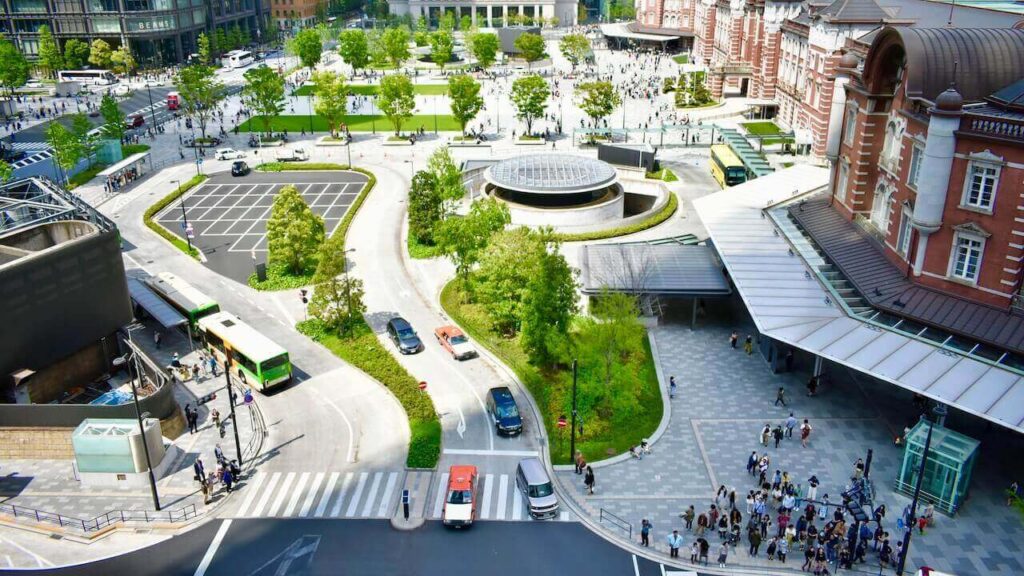
Budget: Smile Hotel Nihombashi Mitsukoshimae
This hotel is located near the Nihombashi Bridge, a historic landmark in Tokyo. It offers simple and clean rooms with free Wi-Fi, a fridge, and a flat-screen TV. The hotel has a 24-hour front desk, a coin laundry, and a vending machine. It is only a 5-minute walk from Mitsukoshimae Station and a 15-minute walk from Tokyo Station.
– Pros: Affordable price, convenient location, friendly staff.
– Cons: Small rooms, limited facilities, no breakfast.
Mid-range: Hotel Ryumeikan Tokyo
This hotel is located right next to Tokyo Station, making it very convenient for travelers. It offers spacious and modern rooms with free Wi-Fi, a minibar, and a flat-screen TV. Some rooms also feature a massage chair or a rain shower. The hotel has an array of facilities and services, including a restaurant, a bar, a fitness center, and a massage service. It is only a 3-minute walk from Tokyo Station and close to the Imperial Palace and the Marunouchi Building.
– Pros: Spacious rooms, excellent service, diverse amenities, close to the station.
– Cons: Moderate price, busy area, no pool or spa.
3.6. Asakusa
Asakusa is the best area to stay in Tokyo for tourists who want a traditional and historical experience. The area is one of the most traditional and charming areas in Tokyo. Asakusa is known for its historic and cultural attractions, such as the Sensoji Temple, the Nakamise Shopping Street, and the Asakusa Shrine. It is also a great location for experiencing the local cuisine and nightlife.
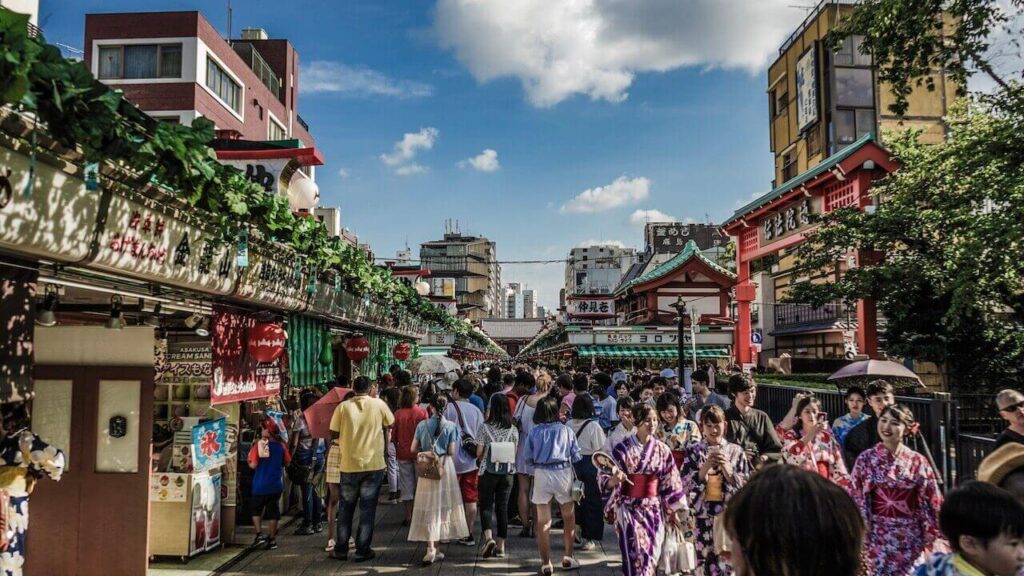
Budget: Hotel Gracery Asakusa
This hotel is located near the Sensoji Temple, the main attraction in Asakusa. It offers modern and comfortable rooms with free Wi-Fi, a fridge, and a flat-screen TV. Some rooms also feature Godzilla-themed decor or a balcony with city views. The hotel has a 24-hour front desk, a restaurant, a cafe, and a convenience store. It is only a 5-minute walk from Asakusa Station and close to many shops, restaurants, bars, and attractions.
– Pros: Affordable price, convenient location, fun design, city views.
– Cons: Small rooms, limited facilities, noisy surroundings.
Mid-range: The Gate Hotel Asakusa Kaminarimon by Hulic
This hotel is located right next to the Kaminarimon Gate, the iconic landmark of Asakusa. It offers spacious and stylish rooms with free Wi-Fi, a minibar, and a flat-screen TV. Some rooms also feature a seating area or a stunning view of the Skytree or the Sumida River. The hotel has an array of facilities and services, including a restaurant, a bar, a terrace, and a concierge. It is only a 2-minute walk from Asakusa Station and close to the Nakamise Shopping Street and the Sensoji Temple.
– Pros: Spacious rooms, excellent service, amazing views, terrace.
– Cons: Moderate price, busy area, no pool or spa.
Luxury: Asakusa View Hotel
This hotel is one of the most luxurious and prestigious hotels in Asakusa, offering panoramic views of the city from its high-rise building. It offers exquisite and sophisticated rooms with free Wi-Fi, a minibar, and a flat-screen TV. Some rooms also feature a living area or an executive lounge access. The hotel has an array of facilities and services, including 4 restaurants, 2 bars, an indoor pool, a fitness center, and a massage service. It is only a 5-minute walk from Asakusa Station and close to the Sensoji Temple and the Tokyo Skytree.
– Pros: Exquisite rooms, superb service, breathtaking views, exclusive amenities.
– Cons: Very expensive price, far from the station, high-end atmosphere.
3.7. Akihabara
Akihabara is the best area to stay in Tokyo for tourists who are interested in manga and anime. Indeed, this area is one of the most popular and lively ones to stay for your first time visit Tokyo. Moreover, Akihabara is known for its anime, manga, and gaming culture, as well as its electronic shops and maid cafes.
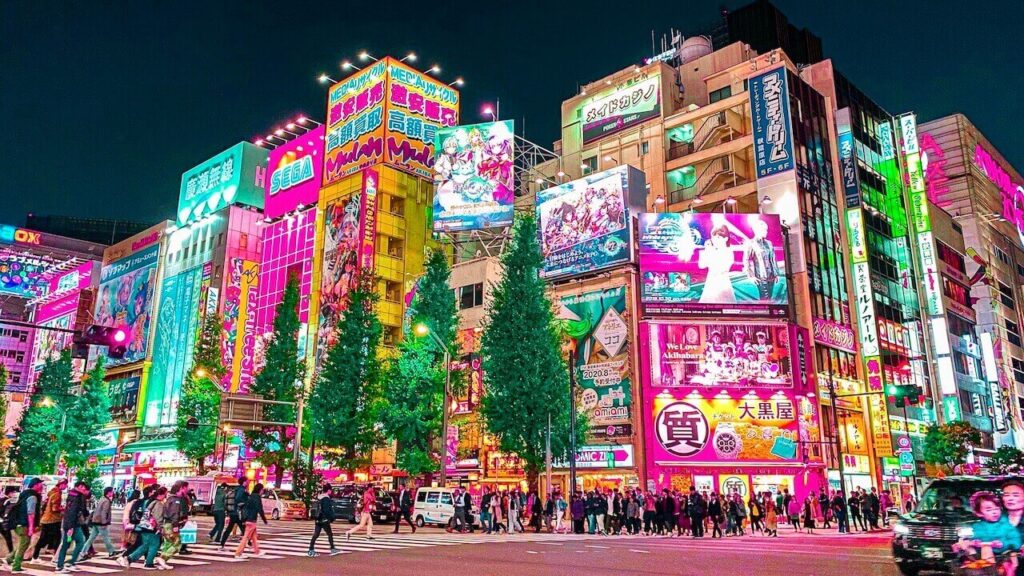
Budget: Bnb+ Costelun Akiba
This hotel is a women-only and cosplay-friendly hotel located in the heart of Akihabara. It offers cozy and colorful rooms with free Wi-Fi, a fridge, and a flat-screen TV. Some rooms also feature a bunk bed or a sofa bed. The hotel has a 24-hour front desk, a shared kitchen, a laundry room, and a cosplay rental service. It is only a 5-minute walk from Akihabara Station and close to many shops, restaurants, bars, and attractions.
– Pros: Affordable price, convenient location, fun design, cosplay service.
– Cons: Women-only, small rooms, limited facilities, no breakfast.
Mid-range: remm Akihabara
This hotel is directly connected to Akihabara Station, making it very convenient for travelers. It offers modern and comfortable rooms with free Wi-Fi, a minibar, and a flat-screen TV. Some rooms also feature a massage chair or a rain shower. The hotel has an array of facilities and services, including a restaurant, a cafe, a massage service, and a concierge. It is only a few steps from Akihabara Station and close to the Electric Town and the Kanda Shrine.
– Pros: Convenient location, comfortable rooms, massage service, concierge.
– Cons: Moderate price, busy area, no pool or spa.
3.8. Ueno
Ueno is the best area to stay in Tokyo for tourists who love parks and museums. There are a beautiful Ueno Park and a vibrant Ueno market.
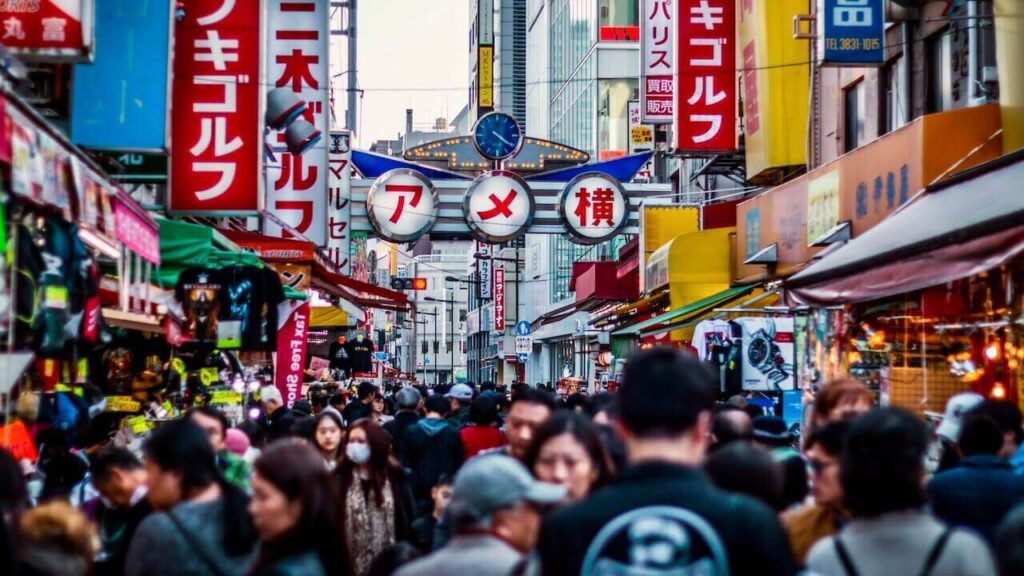
Budget: Ueno Hotel
This is a 3-star hotel that offers air-conditioned rooms with free WiFi, a private bathroom, and a flat-screen TV. The hotel is located near Ueno Station and Ueno Park, making it convenient to explore the area. The hotel also has a 24-hour front desk and luggage storage.
– Pros: Affordable price, clean and comfortable rooms, friendly and helpful staff, good location near public transport and attractions.
– Cons: Small room size, no breakfast included, limited facilities and amenities.
Mid-range: MIMARU TOKYO UENO EAST
This is a 4-star hotel that offers spacious units with free WiFi, a kitchen, a microwave, a fridge, and a private bathroom with a bathtub. The hotel is located just a 2-minute walk from Inaricho Station and an 8-minute walk from Ueno Station, giving you easy access to Ginza and Shibuya. The hotel also offers massage services and a casual Western restaurant.
– Pros: Large and well-equipped units, modern and stylish décor, excellent location near subway stations and shopping districts, friendly and professional staff.
– Cons: Higher price than average, no breakfast included, no fitness center or pool.
Luxury: NOHGA HOTEL UENO TOKYO
This is a 4-star hotel that features elegant rooms with free WiFi, a flat-screen TV, a fridge, a microwave, and a toaster. The hotel also has a fitness center, a restaurant, a shared lounge, and a terrace. The hotel is located near Ueno Park and has several cultural attractions, such as museums and temples. It also offers a free shuttle service and concierge service.
– Pros: Beautiful and comfortable rooms, high-quality furnishings and amenities, great views of Ueno Park, superb service and hospitality.
– Cons: Expensive price, no bathtub in some rooms, no pool or spa.
4. Best Things to Do in Tokyo
Tokyo is a city that never sleeps, with endless attractions and activities for visitors of all ages and interests. Whether you are looking for culture, history, nature, entertainment, or shopping, you will find something to suit your taste in Tokyo. Here are some of the best things to do in Tokyo for first-time visitors:
4.1. Visit the Imperial Palace (Kyokyo)
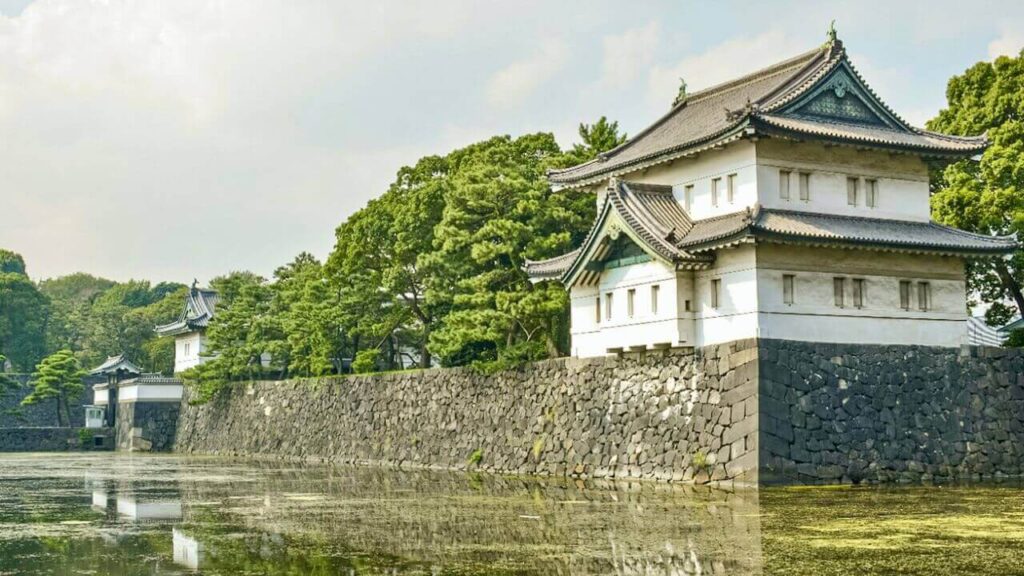
The Imperial Palace is the official residence of the Emperor of Japan and a symbol of the country’s history and tradition. You can admire the palace’s architecture and gardens, as well as learn about its history and significance at the Imperial Household Agency Visitor’s House. Also, you can join a free guided tour of the palace grounds, which are open to the public on certain days of the year.
4.2. Explore the Tokyo National Museum (Tokyo Kokuritsu Hakubutsukan)
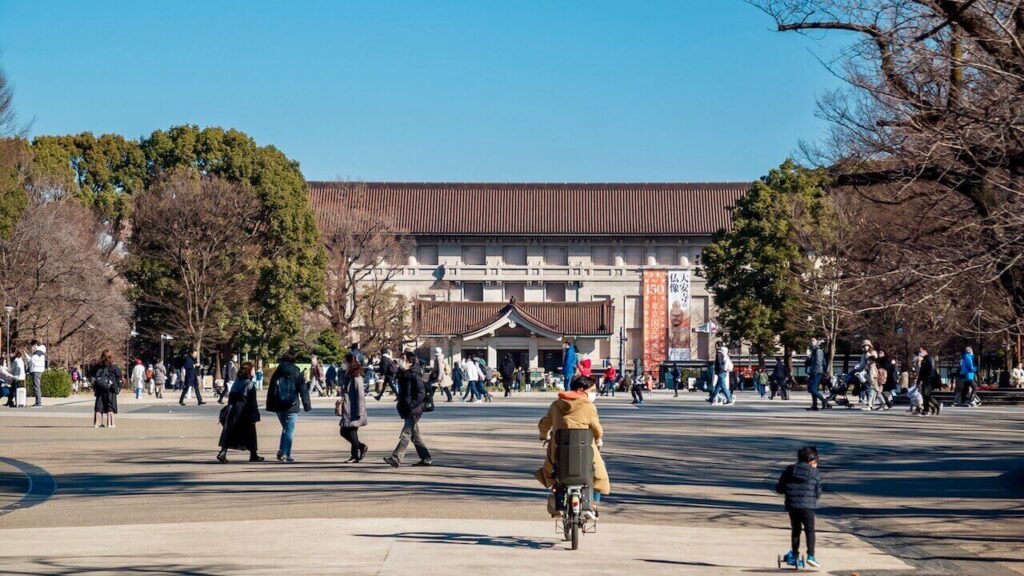
The Tokyo National Museum is the largest and oldest museum in Japan. It’s home to over 110,000 artifacts and artworks from various periods and regions of Japanese and Asian history and culture. You can see masterpieces of painting, sculpture, calligraphy, ceramics, textiles, and more, as well as enjoy special exhibitions and events.
4.3. Experience the Digital Art of TeamLab Planets
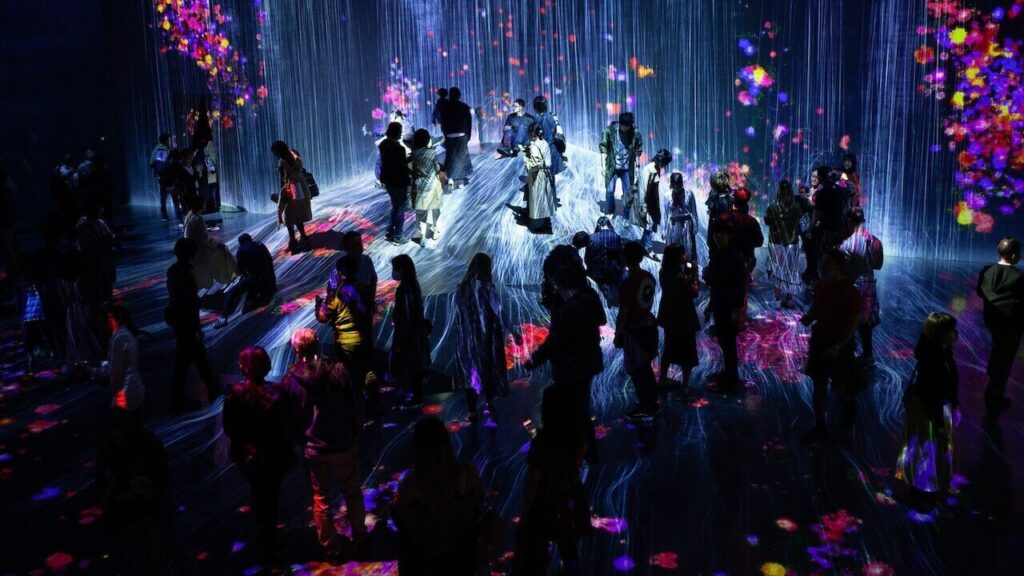
TeamLab Planets is a unique and immersive art exhibition that uses digital technology to create interactive and sensory environments that stimulate your body and mind. You can walk through water, touch flowers, swim with fish, and more, as you explore the different zones of the exhibition. Honestly, this place should be on top of your bucket list when visit Tokyo for an outstanding experience.
4.4. Enjoy the Nightlife of Shibuya and Shinjuku
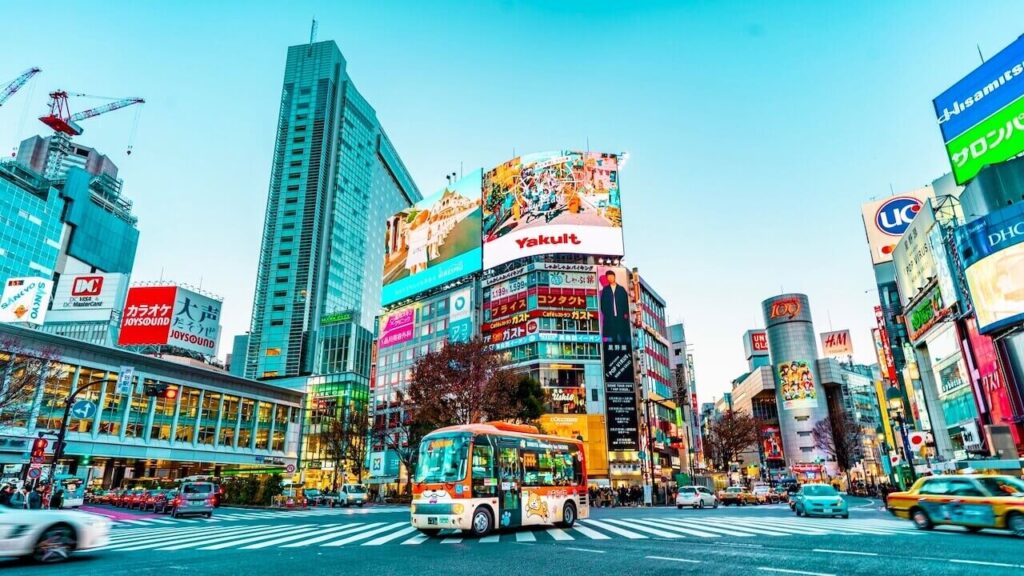
Shibuya and Shinjuku are two of the most popular and vibrant areas in Tokyo for nightlife. Yes, there are countless options for dining, drinking, dancing, karaoke, and more. You can witness the famous Shibuya Crossing, one of the busiest intersections in the world. Or, you can visit the iconic Robot Restaurant, where you can watch a dazzling show of robots, dancers, and lasers.
4.5. Visit the Iconic Tokyo Skytree
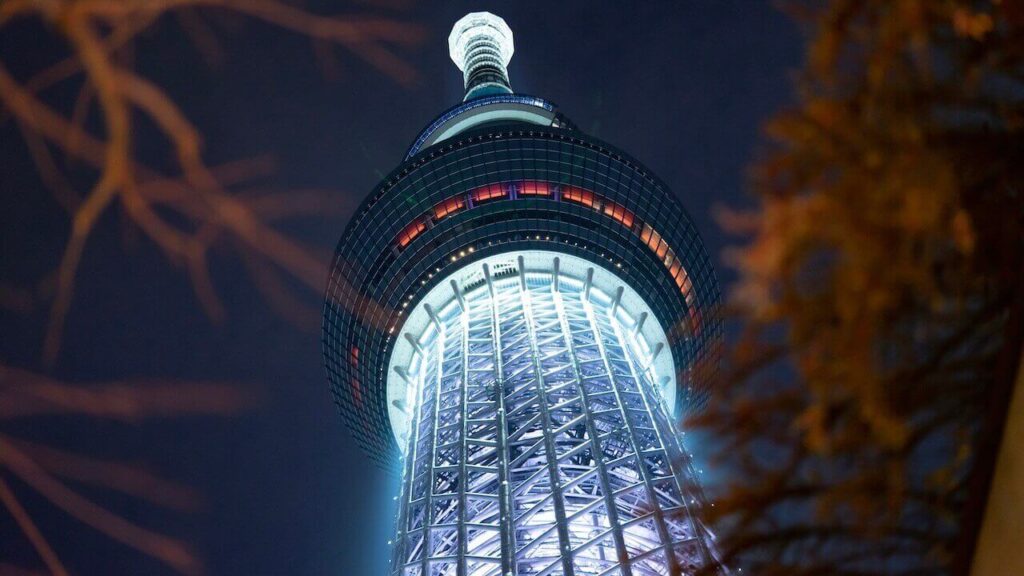
The Tokyo Skytree is the tallest structure in Japan and one of the most recognizable landmarks in Tokyo. It stands 634 meters (2,080 feet) high and offers spectacular views of the city from its observation decks. Furthermore, you can enjoy shopping, dining, entertainment, and culture at the Tokyo Skytree Town complex at its base.
These are just some of the best things to do in Tokyo for first-time visitors. There are many more attractions and activities that you can discover and enjoy in this amazing city. No matter what you choose to do in Tokyo, you will surely have a memorable and enjoyable experience.
5. Must Visit Tokyo Restaurants and Food
Tokyo is one of the world’s best cities for food lovers, offering a wide range of cuisines, styles, and flavors to suit every palate. Whether you are looking for sushi, ramen, tempura, or something more exotic, you will find it in Tokyo. Here are some of the must-visit Tokyo restaurants and food for first-time visitors:
5.1. Sushi
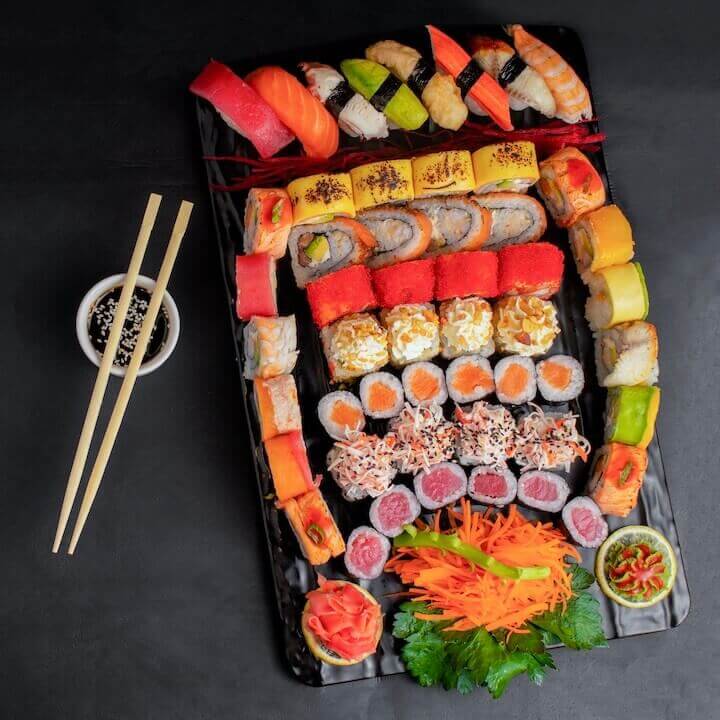
Sushi is the quintessential Japanese food and one of the most popular reasons to visit Tokyo. You can enjoy sushi in various ways, from the casual conveyor belt sushi (kaiten-zushi) to the elegant omakase (chef’s choice) at a high-end sushi bar. Some of the best sushi restaurants in Tokyo are Sukiyabashi Jiro, Sushi Saito, and Sushi Dai.
5.2. Ramen
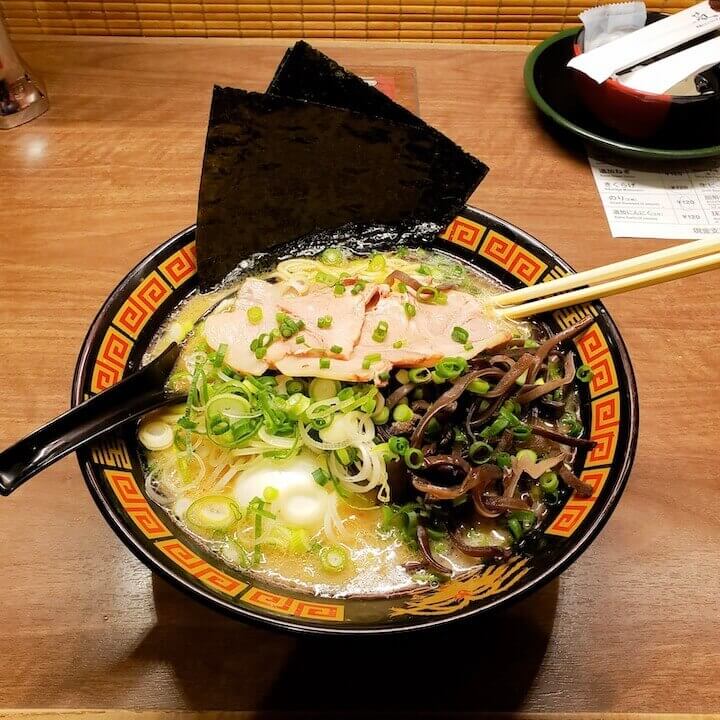
Ramen is another iconic Japanese food and one of the most satisfying and comforting dishes to eat in Tokyo. You can find ramen shops all over the city, serving different types of broth, noodles, toppings, and flavors. Some of the best ramen restaurants in Tokyo are Ichiran, Afuri, and Fuunji.
5.3. Tempura
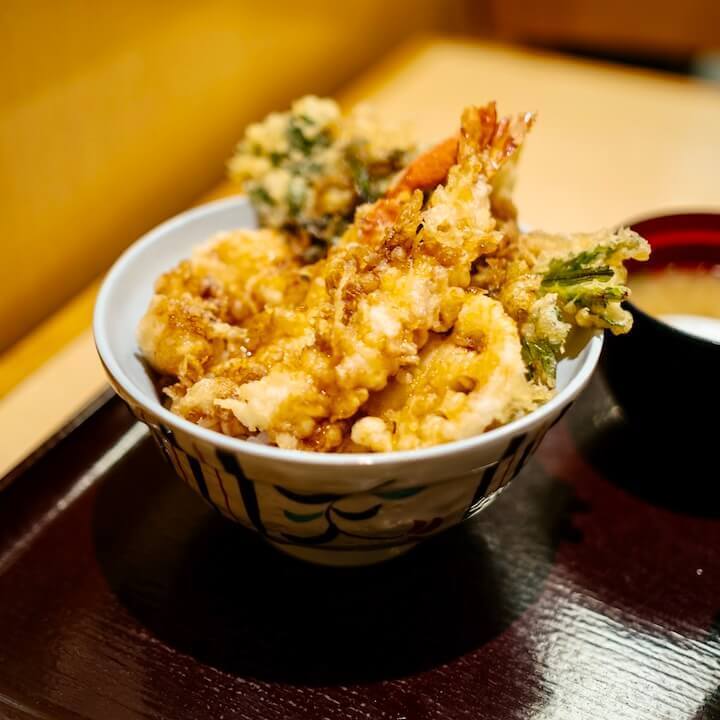
Tempura is a dish of deep-fried seafood and vegetables coated in a light batter. It is usually served with a dipping sauce (tentsuyu) and grated radish (daikon oroshi). You can enjoy tempura at specialized restaurants or as part of a set meal (teishoku) at casual eateries. Some of the best tempura restaurants in Tokyo are Tempura Kondo, Tempura Motoyoshi, and Tenfusa.
5.4. Monjayaki
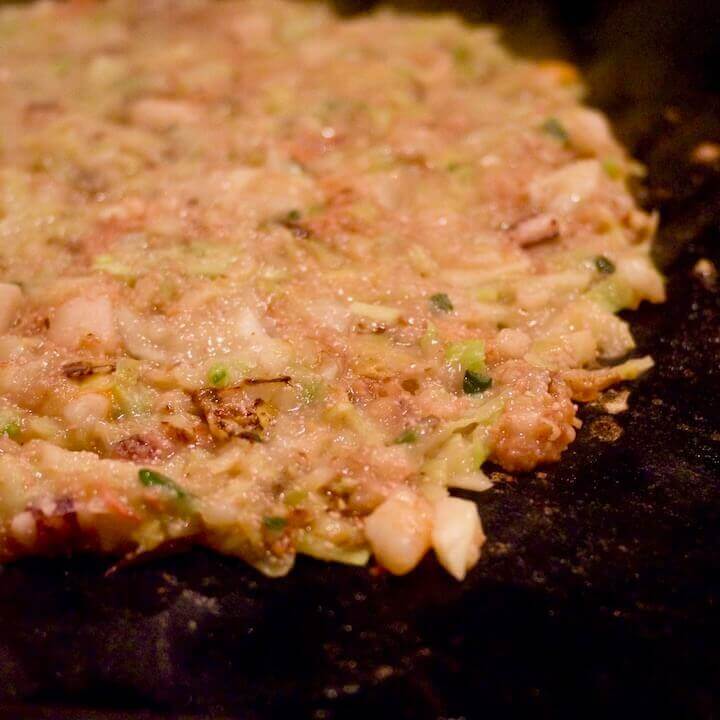
Monjayaki is a Tokyo specialty that consists of a thin batter mixed with various ingredients, such as cabbage, seafood, meat, cheese, or noodles. It is cooked on a hot iron plate (teppan) and eaten directly with a small spatula (hera). You can find Monjayaki at many restaurants at Nishinaka-Dori, a.k.a Monja Street, in Tsukishima, the birthplace of the dish.
Read more: Monjayaki vs Okonomiyaki: A Battle of the Japanese Savory Pancakes
5.5. Fukagawa Meshi

Fukagawa Meshi is another Tokyo specialty that originated from the Fukagawa district near Tokyo Bay. It is a dish of rice cooked with clams and miso soup, garnished with green onions and ginger. It is a simple but flavorful dish that reflects the history and culture of the area. You can find fukagawa meshi at many restaurants in Fukagawa or Monzen-nakacho.
These are some of the must-visit Tokyo restaurants and food for first-time visitors. There are many more cuisines and dishes that you can discover and enjoy in Tokyo. The best way to find them is to use online resources or apps to search for recommendations, reviews, or reservations. You can also join a food tour or a cooking class to learn more about the food culture and history of Tokyo. No matter what you choose to eat in Tokyo, you will surely have a delicious and unforgettable experience.
Read more: Exploring Japanese Cuisine, the Foods You Can’t Miss
6. How Much Does It Cost to Visit Tokyo?
Tokyo is often considered one of the most expensive cities in the world. Nevertheless, it is possible to visit Tokyo on any budget. Actually, the cost of your trip will depend on various factors. For example, your travel style, accommodation choice, transportation mode, food preference, and activity level. Here are some average costs for a one-week trip to Tokyo for one person, based on different budgets:
6.1. Budget
If you are traveling on a tight budget, you can expect to spend around ¥100,000 ($900) for a one-week trip to Tokyo.
This includes staying in a hostel or a capsule hotel, using public transportation or walking, eating at cheap restaurants or convenience stores, and visiting mostly free or low-cost attractions. You can save more money by traveling during off-peak seasons, booking your flights and hotels in advance, or using discount coupons or vouchers.
6.2. Mid-range
If you are traveling on a moderate budget, you can expect to spend around ¥200,000 ($1,800) for a one-week trip to Tokyo.
This includes staying in a mid-range hotel or an Airbnb apartment, using public transportation or taxis, eating at mid-range restaurants or cafes, and visiting some paid attractions or joining some tours. You can get more value for your money by traveling during shoulder seasons, booking your flights and hotels through comparison sites or apps, or using online reservation services or apps.
6.3. Luxury
If you are traveling on a high-end budget, you can expect to spend around ¥400,000 ($3,600) or more for a one-week trip to Tokyo.
This includes staying in a luxury hotel or a ryokan (traditional inn), using private transportation or limousines, eating at high-end restaurants or bars, and visiting some exclusive attractions or joining some premium tours. You can enjoy the best that Tokyo has to offer by traveling during peak seasons, booking your flights and hotels through reputable agencies or concierges, or using personal guides or assistants.
7. Useful Tips for First-Time Travelers to Tokyo
Tokyo is a city that can be both exciting and overwhelming for first-time travelers. With its vast size, complex transportation system, and unique culture, Tokyo can pose some challenges and surprises for visitors who are not familiar with it. However, with some preparation and tips, you can make your trip to Tokyo easier and more enjoyable. Here are some useful tips for first-time travelers to Tokyo:
7.1. Plan Your Itinerary in Advance
Tokyo has so much to offer that it can be hard to decide what to see and do. To avoid wasting time and money, it is advisable to plan your itinerary in advance and prioritize the places and activities that interest you the most. You can use online resources such as TripAdvisor, Lonely Planet, or Japan Guide to find the best attractions, tours, and events when visit Tokyo. You can also use apps such as Google Maps or Hyperdia to plan your routes and check the train schedules.
7.2. Get a Travel Pass
Tokyo has an extensive and efficient network of trains, subways, buses, and taxis that can take you anywhere in the city. However, the fares can add up quickly if you pay for each ride individually. To save money and hassle, it is recommended to get a travel pass that allows you to use public transportation unlimitedly or at a discounted rate. There are different types of travel passes available, such as the Tokyo Subway Ticket, the Japan Rail Pass, or the Pasmo or Suica card. You can choose the one that suits your needs and budget.
7.3. Learn Some Basic Japanese Phrases and Etiquette Rules
Japanese people are generally very polite and respectful. Moreover, they appreciate it when foreigners try to speak their language and follow their customs. Learning some basic Japanese phrases and etiquette rules can help you communicate better and avoid offending anyone. For example, you should always bow when greeting someone, take off your shoes when entering someone’s home or certain establishments, refrain from eating or drinking while walking or on public transportation, and avoid tipping at restaurants or hotels. You can use online resources such as Duolingo, Tofugu, or Japan Talk to learn some useful Japanese words and expressions.
7.4. Pack Light and Smart
Choosing the right backpack or luggage and packing light and smart can make your trip to Tokyo more comfortable and convenient. You should pack only the essentials and avoid bringing bulky or heavy items that will take up space and weight in your luggage. Also, you should pack according to the season and weather conditions in Tokyo, as they can vary greatly throughout the year. Besides that, you should check the weather forecast before your trip and pack accordingly. You should also bring some items that will make your trip easier, such as a universal power adapter, a pocket Wi-Fi device, a reusable water bottle, and a face mask.
Read more: Suitcase Travel Tips Everyone Should Know
7.5. Enjoy the Food Culture
Tokyo is one of the world’s best cities for food lovers, offering a wide range of cuisines, styles, and flavors to suit every palate. Whether you are looking for sushi, ramen, tempura, or something more exotic, you will find it when visit Tokyo. Make sure that you don’t miss the opportunity to try some of the local specialties and delicacies that Tokyo has to offer. You can use online resources such as Eater, Time Out, or Tabelog to find the best restaurants and food in Tokyo. You can also join a food tour or a cooking class to learn more about the food culture and history of Tokyo.
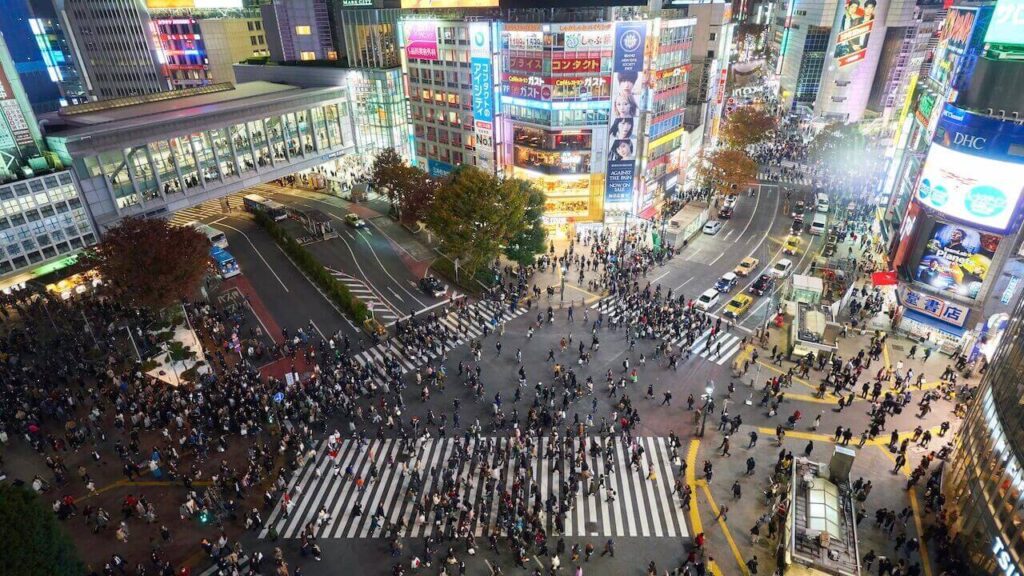
8. Frequently Asked Questions
8.1. Why Visiting Tokyo?
Tokyo is a city that offers a rich blend of modern and traditional culture, as well as endless attractions and activities for visitors. Whether you are interested in history, art, cuisine, shopping, or entertainment, Tokyo has something for everyone. You can experience the whole breadth of Japanese arts and culture, witness the stunning contrast between the skyscrapers and the temples, enjoy the world-class food and nightlife, and explore the diverse and vibrant neighborhoods of the city. Tokyo is also a great base for day trips to nearby destinations, such as Mount Fuji, Hakone, Kamakura, or Nikko. Tokyo is a city that never sleeps, never ceases to amaze, and never runs out of things to see and do.
8.2. Why do Tourists Love Tokyo?
There are many possible reasons why tourists love Tokyo.
- Firstly, tourists love Tokyo because it is one of the most exciting and dynamic cities in the world, with a unique charm and energy that captivates visitors.
- Secondly, tourists love Tokyo because it is a city that combines the old and the new, the traditional and the futuristic, the serene and the chaotic.
- Thirdly, tourists love Tokyo because it is a city that caters to every taste and interest, from the sophisticated to the quirky, from the elegant to the eccentric.
- Finally, tourists love Tokyo because it is a city that surprises and delights them with its endless variety and creativity.
8.3. What Should I Know Before Traveling to Tokyo?
Before traveling to Tokyo, you should know some basic information and tips that will help you plan your trip and enjoy your stay. Here are some of them:
- You should check the visa requirements for your nationality before traveling to Japan. Most visitors from 68 countries, including the US, Canada, the EU, Australia, and New Zealand, do not need a visa for stays up to 90 days. However, some common medications and over-the-counter drugs in the US are illegal in Japan. Hence, you should check the list of prohibited substances before bringing them with you.
- You should choose Haneda Airport over Narita Airport as your point of arrival if possible. Haneda Airport is closer to the city center and more convenient for public transportation. You can also book a private transfer from the airport to save time on arrival.
- You should get yourself a Pasmo or Suica card as soon as you arrive. These are prepaid smart cards that you can use for trains, subways, buses, taxis, vending machines, convenience stores, and more. They will make your travel around Tokyo easier and cheaper.
- You should avoid traveling during national holidays or peak seasons. To elaborate, Golden Week (late April to early May), Obon (mid-August), New Year (late December to early January), or cherry blossom season (late March to early April). These are times when Tokyo is very crowded and prices are higher.
- Just a reminder, as mentioned in section 7.3., you should learn some basic Japanese phrases and etiquette rules before traveling to Tokyo.
8.4. What Do I Need to Visit Tokyo?
To visit Tokyo, you need:
- A valid passport for the duration of your stay and a visa if required by your nationality.
- A travel insurance that covers medical expenses, trip cancellation, lost luggage, and other emergencies.
- Pasmo or Suica card to use public transportation in Tokyo.
- Japan Rail Pass if you plan to travel around Japan by train.
- A smartphone with internet access or a pocket Wi-Fi device to navigate the city and communicate with others.
- Some cash in Japanese yen for small purchases or places that do not accept cards.
- Comfortable shoes and clothing for walking around Tokyo.
- Most importantly, an open mind and a sense of adventure for exploring Tokyo.
8.5. How Many Days in Tokyo is Enough?
The answer to this question depends on your personal preferences and interests. Generally speaking, 4 days is enough time to spend in Tokyo. This will give you enough time to see the major attractions and experience a range of cultural activities in Tokyo. You will also have time for one or more day trips from Tokyo if you wish. However, if you want to see more of Tokyo’s hidden gems or enjoy a more relaxed pace of travel, you might want to extend your stay to 5 days or more. Alternatively, if you have limited time or budget, you can still see a lot of Tokyo in 3 days or even 2 days if you plan well. No matter how many days you spend in Tokyo, you will surely have a memorable and enjoyable experience.
So, Are You Ready to Visit Tokyo?
Tokyo is a city that never sleeps, never ceases to amaze, and never runs out of things to see and do. First, it is a city that combines the old and the new, the traditional and the futuristic, the serene and the chaotic. Second, it is a city that caters to every taste and interest, from the sophisticated to the quirky, from the elegant to the eccentric. Third, it is a city that surprises and delights its visitors with its endless variety and creativity. If you are looking for a destination that will challenge your senses, inspire your imagination, and enrich your soul, look no further than Tokyo. With this guide, you are ready to visit Tokyo and experience its wonders for yourself. So what are you waiting for? Book your flight, pack your bags, and get ready for an unforgettable adventure in Tokyo.
Note:
This post contains affiliate links from which I can earn commissions if you use services or buy products from the blog’s partners. If you love the blog, please use the services or buy the products. In that way, you give me support for the blog’s maintenance and development. I appreciate it a lot and thank you for that!
Hey, I Have Travel Planning Resources Here to Help You Easily Plan Your TripEssential Items
Don't forget to bring the Travel Medicines, as well as your necessary Travel Kit. If Your Next Destination Requires a Visa
IVISA will help you with their speed, simple, and secured services with just a minimal chance of being rejected.
Find Your Flight and Transportation to The Destinations
You can read my travel tips to Find Cheap Flights.
You can also use 12Go to book buses, trains, ferries, or any transportation to places.
Book An Accommodation
I mostly use Booking.com to find a place for my trip. Sometimes I try to Get Free Credits on Airbnb to book homestays. Driving Yourself Will be More Enjoyable
You can easily compare prices and find great deals on Discover Cars.
Protect Yourself and Your Trip
Travel Insurance is Important, especially after COVID-19, there are more possible health issues and pandemics. Please don't forget to have a shield for yourself and your trips!
‘PIN IT’ NOW TO SAVE THIS COMPREHENSIVE GUIDE FOR YOUR FIRST TIME VISIT TOKYO
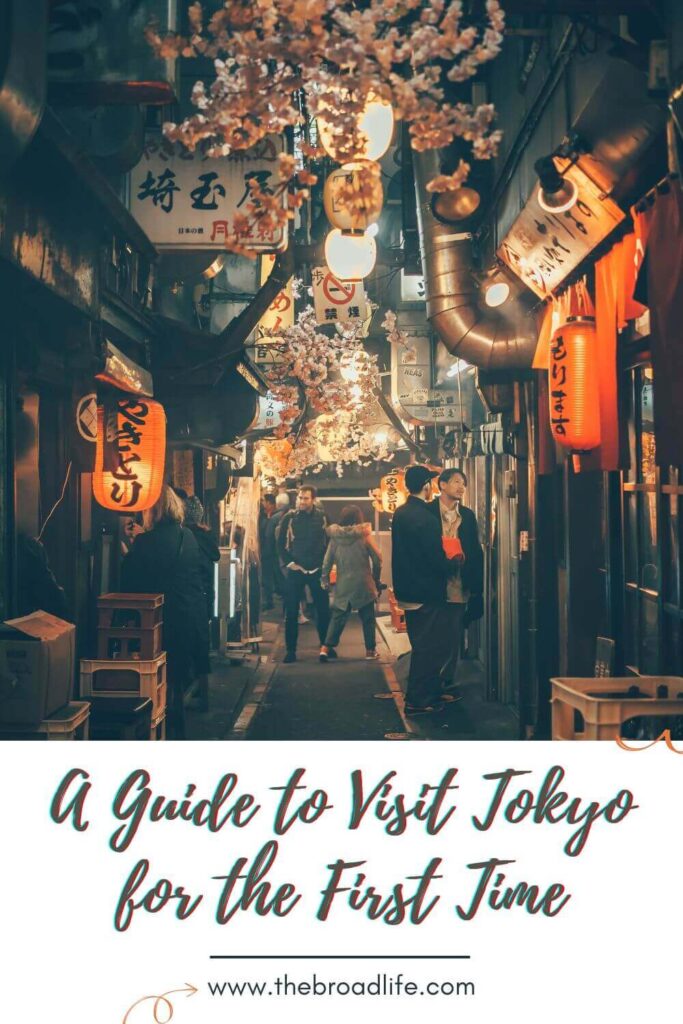
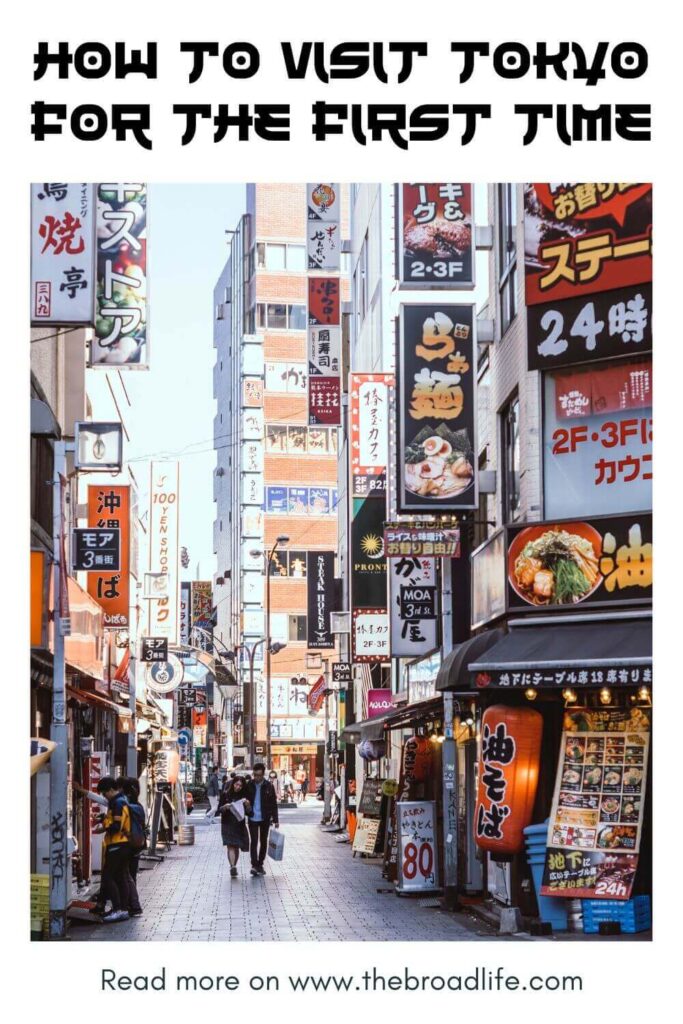
20 Comments
-
-
Ramil Hinolan
I AM PLANNING A VACATION TO jAPAN AND CAN’T DECIDE YET THE PLACE TO VISIT IN jAPAN. yOUR COMPREHENSIVE GUIDE WILL HELP ME. I APPRECIATE THE DETAILED INSIGHTS AND RECOMMENDATIONS.
-
Richard Lowe
Never been to Japan. It looks like it would be fun place to visit.
-
Rosey
Good tip on the airport. A tirp to tokyo is like no other!
-
Ellanor
I’ve had Japan on my bucket list for years, and a friend of mine visited recently. It looked incredible. I heard the humidity in Japan is horrible during summer, and temperatures reached 40 degrees Celsius recently. Still, I’d love to visit Tokyo and explore the culture. Do you know if it’s easy to find vegetarian food in Tokyo?
-
Karletta
oKAY, i’LL ADMIT TOKYO WAS NOT ON MY TRAVEL LIST, BUT YOU’VE SUCCESSFULLY CHANGED MY MIND. i WANNA SEE THE BLOSSOMS, ENJOY THE FOOD AND THE DIGITAL ART LOOKS AMAZING.
-
Sonia Seivwright
Tokyo is a unique city offering an incredible mix of modern and traditional culture. Planning a trip to such a vast and diverse destination can be overwhelming, which is why this guide is so valuable. With all the insider tips and information provided, you can maximize your time in Tokyo and experience all the city offers. From the fantastic food and shopping to the fascinating history and art, there’s something for everyone in Tokyo. I hope this guide helps make your first-time visit to Tokyo unforgettable!
-
Zab Zaria
This is a good list of tips. There is a lot of information here that I need to keep in mind. Your sharing is greatly appreciated.
-
Jennifer L Prince
Hi! Do you mind me asking first what author plugin you use? I love the way the author box looks. Anyway, i think that this is such a thorough guide to Tokyo. it’s a scary place for me to think about going because it’s so big. But this makes it looks do-able and changed my mind a bit. Thanks, Khoi!
-
Fransic verso
Wonderful guide and I’m sure it will help many people. We are going there soon and will use this guide. Thank you for sharing!




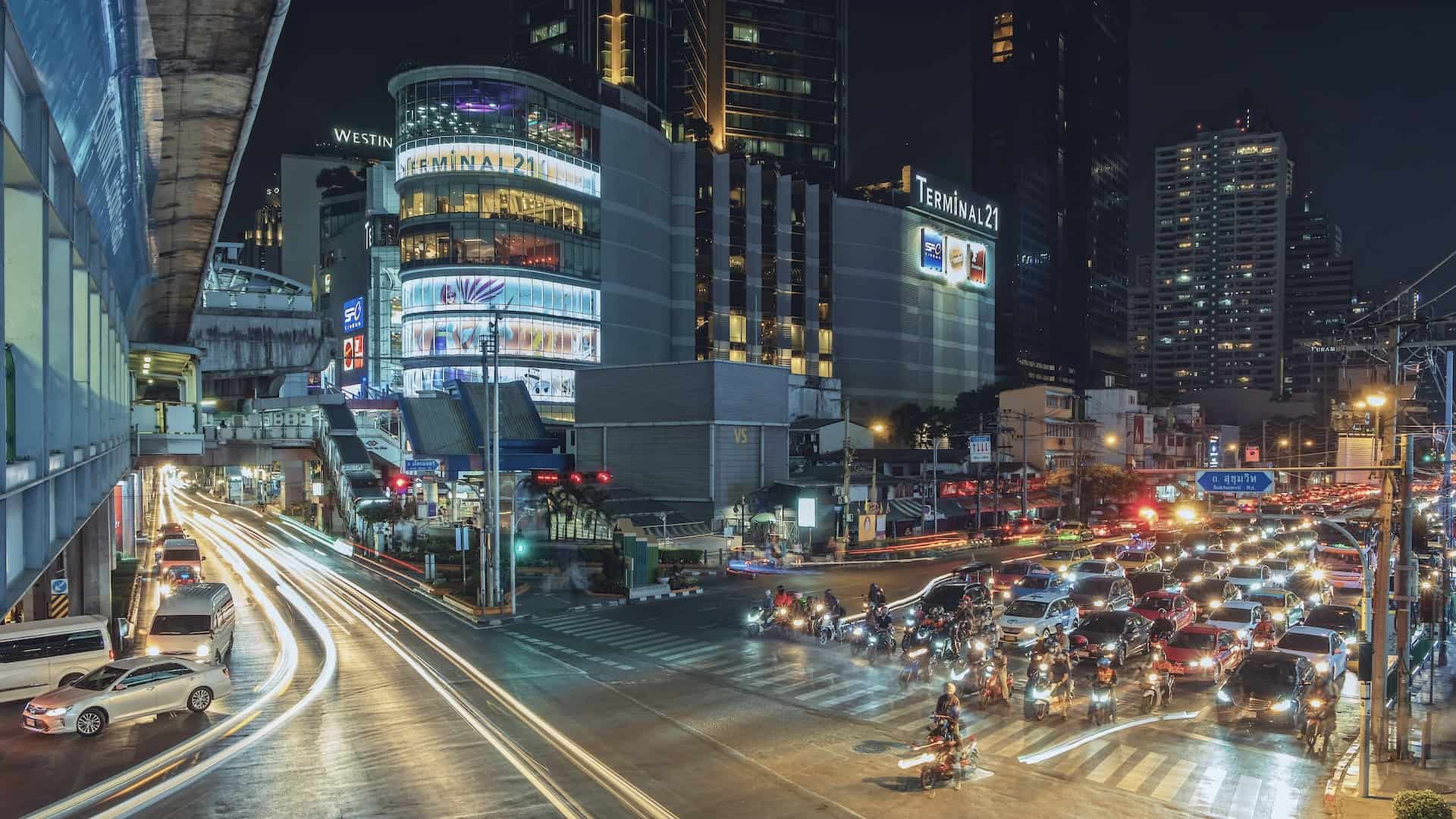
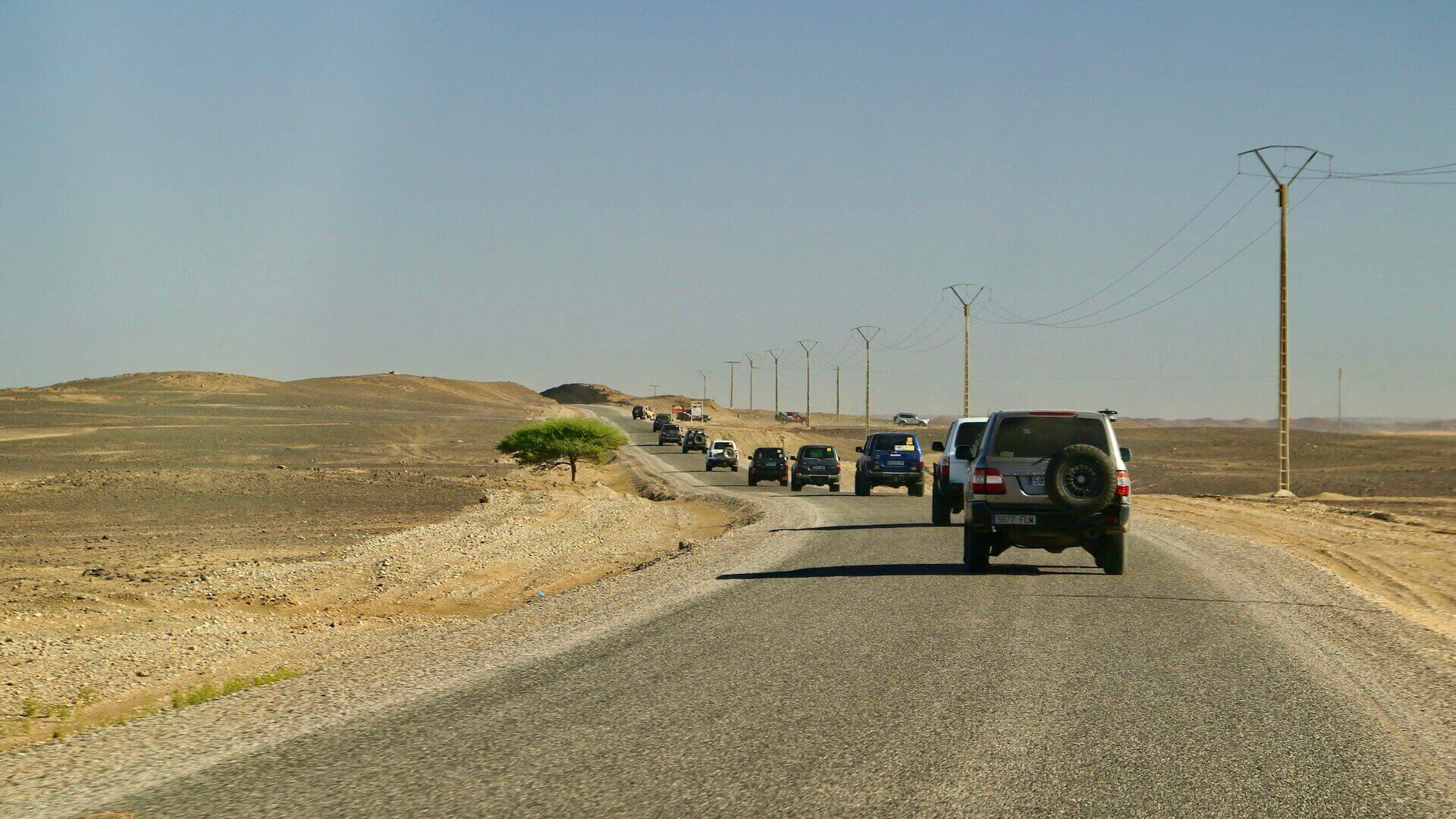

Colleen
OH, wow! I cannot think of any question I’ve EVER had about visiting Tokyo that you didn’t answer. I wish we’d had this when we first visited.